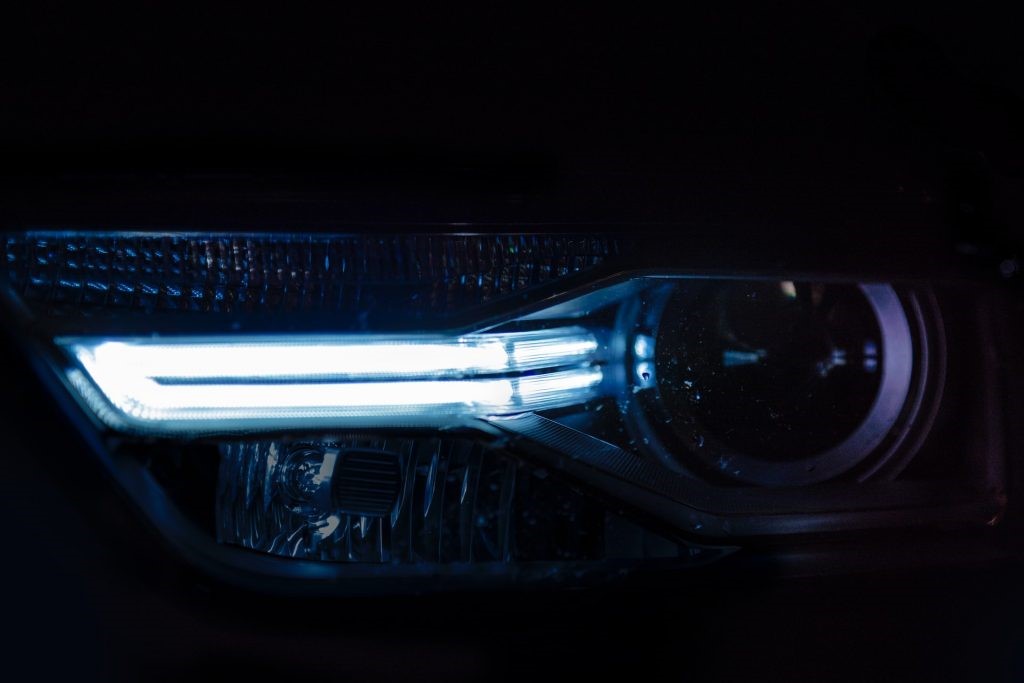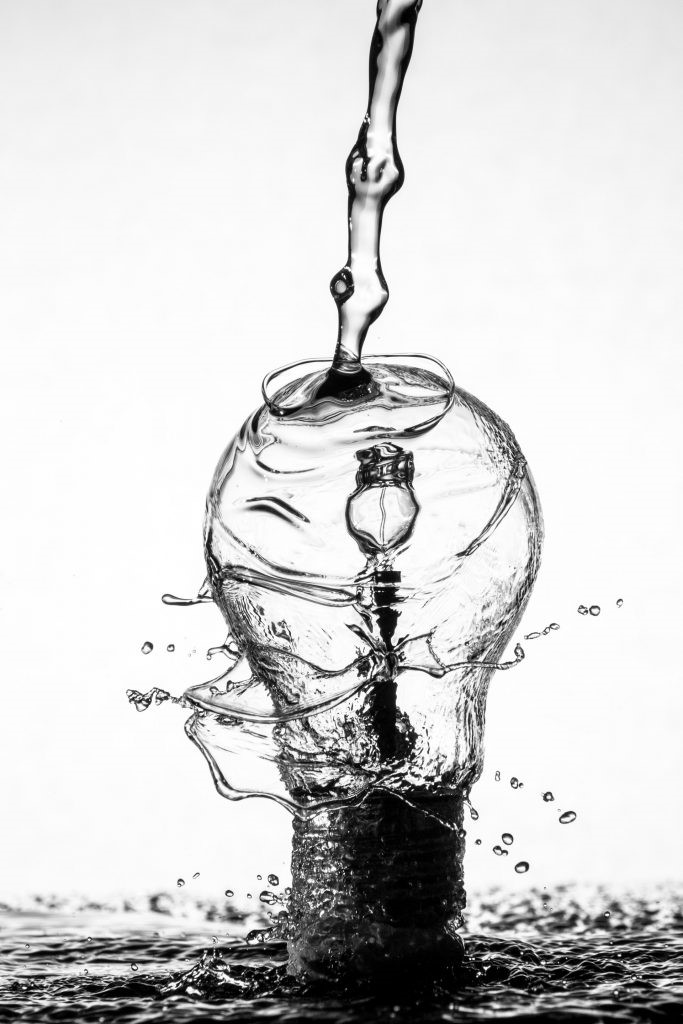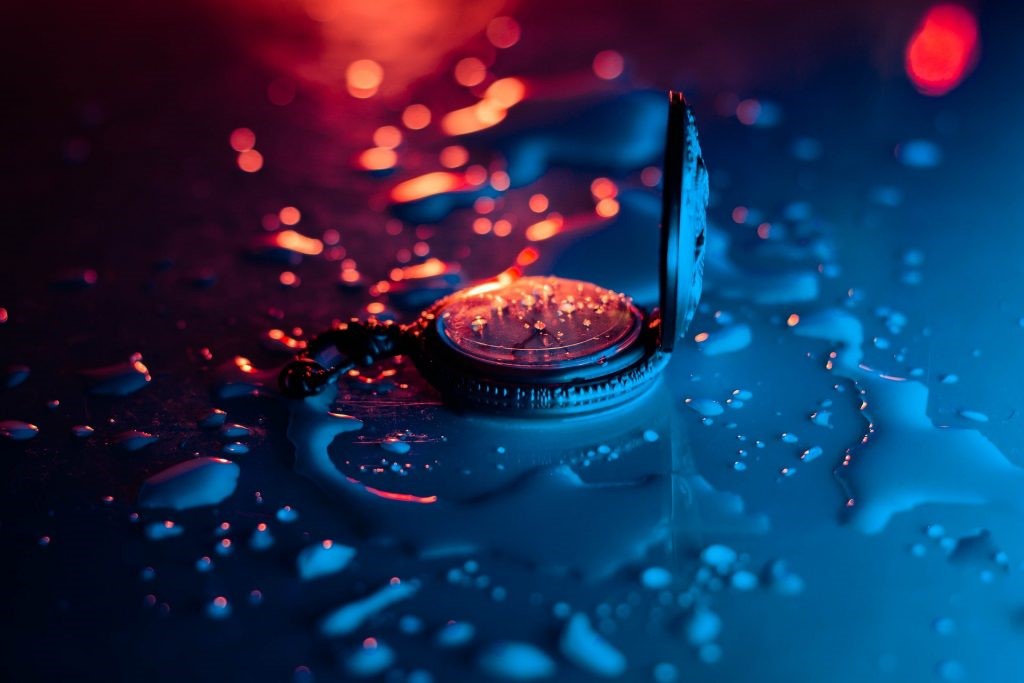Types of Lightning Fixture
Types of Lightning Fixture
Classification of lighting fixtures
Exterior Lighting:
Street light, flood light, spotlight, courtyard luminaire, lumianire for lawn lighting and underground lighting.
Interior Lighting:
Louvre lighting luminaire, recessed lightgin, projector lighting, table lamp, wall luminaire, floor lamp and surface mounted luminaire
Other types of lighting:
Luminaire for stage, studio or TV, luminaire for lighting and signal of transport, luminaire for explosive atmosphere, pressure water light luminaire and emergency luminaire.
Classification of luminaires according to CIE recommendations
According to the recommendation of CIE, luminaires can be divided into five types according to the proportion of luminous flux in the upper and lower space distribution: direct type, light source type and light source type, Semi-direct type, full diffuse type (including direct indirect type with little light in horizontal direction), semi indirect type and indirect type.

(1) Direct lighting luminaire
Most of the luminous flux (90-100%) of this kind of lamps directly project below, so the luminous flux utilization rate of lamps is the highest.
(2) Semi direct luminaire (semi – direct lighting luminaire)
Most of the luminous flux (60 – ninety %) If it shoots into the lower hemisphere space, a small part shoots upwards, and the component shoots upwards will be smaller.
(3) Diffused lighting luminaire
The luminous flux of lamps is almost the same up and down (40% – 60% respectively).
The most common is the opal glass spherical lampshade, other various shapes of diffuse light transmission closed lampshade also has a similar light distribution. Such light is evenlycast in all directions, so the utilization rate of light is low.
(4) Semi indirect lighting luminaire
The downward luminous flux of lamps accounts for 10% – 40%, and its downward component is often only used to produce brightness commensurate with the ceiling, which is too much defects, such as direct or indirect glare, can also be caused by the improper distribution of light.
The upper open translucent hood belongs to this category. They are mainly used as architectural decoration lighting, because most of the light is cast into the ceiling and the upper wall, increased the indoor indirect light, the light is more gentle and pleasant.
(5) Indirect lighting luminaire
A small part of the luminaire’s luminous flux (less than 10%) is downward. When the design is good, all the ceiling become a lighting source, to achieve soft lighting.
The direct glare and reflected glare are very small as long as the arrangement is reasonable. The luminous efficiency of this kind of lights is
lower than the former four.

Classified by electric shock protection
For electrical safety, all live parts of lamps must be isolated by insulating materials. The protection of lamps and lanterns
All measures are called electric shock protection. According to the protection method against electric shock, lamps can be divided into four categories: 0, I, II and III. The main performance and application of each category of lamps are described in detail in Table below.

From the perspective of electrical safety, the safety level of Class 0 lamps is the lowest, class I and II lamps are higher, and class III lamps are the highest. Some countries are not allowed to produce class 0 lamps, but there is no such regulation in China. In the lighting design, the environment, operation object, installation and use position of the place should be considered comprehensively, and the appropriate type of lamps should be selected. Class III lamps and lanterns shall be used in places with bad use conditions or methods, and class I or class II lamps and lanterns can be used generally.

Classified by ingress protection
According to the International Electrotechnical Commission Standard IEC 529 – 598 and GB 700 – 86, according to the invasion of water and foreign matters.
The degree of protection is classified. For example, IP65, the first digit corresponds to grade 6 in Table 1, indicating complete dust prevention. The second digit corresponds to level 5 in Table 2, which means to prevent water spray, and so on.
Table 1

Table 2

From the perspective of electrical safety, the safety level of Class 0 lamps is the lowest, class I and II lamps are slightly higher, and class III lamps are the highest. Some countries are not allowed to produce class 0 lamps, but there is no such regulation in many countries till today. In the lighting design, the environment, operation object, installation and use position of the place should be considered comprehensively, and the appropriate type of lamps should be selected. Class III lamps and lanterns shall be used in places with bad use conditions or methods, and class I or class II lamps and lanterns can be used generally.
